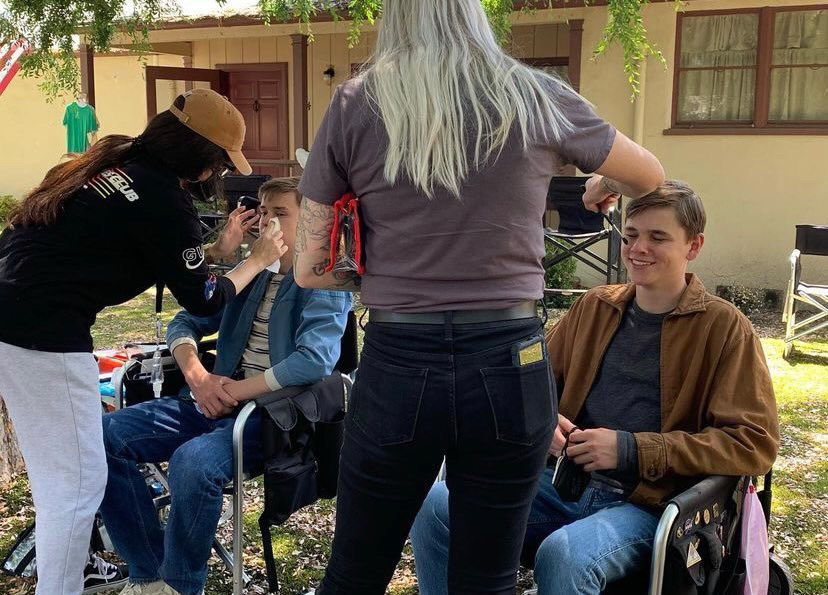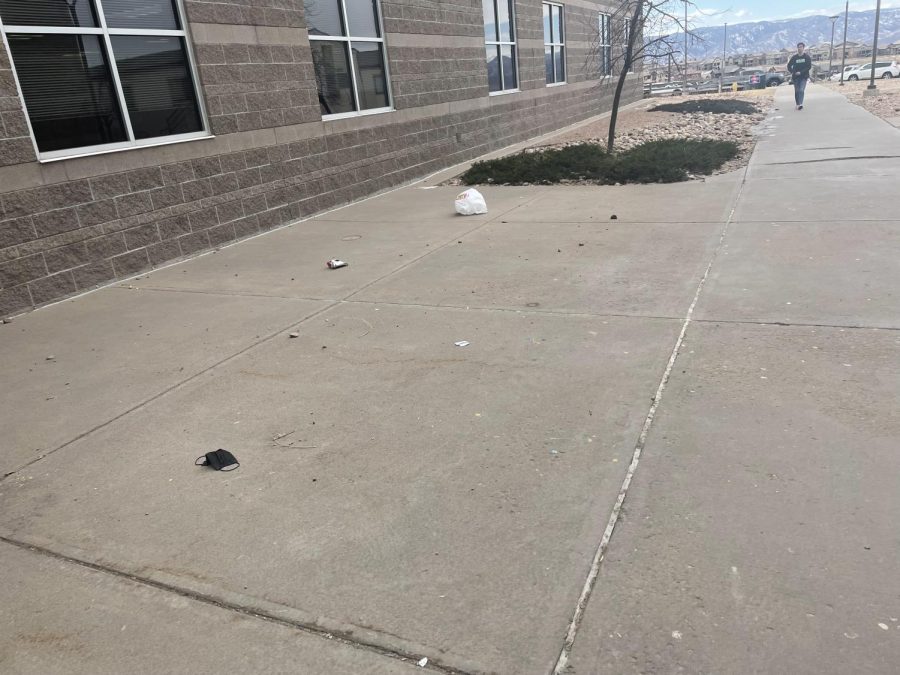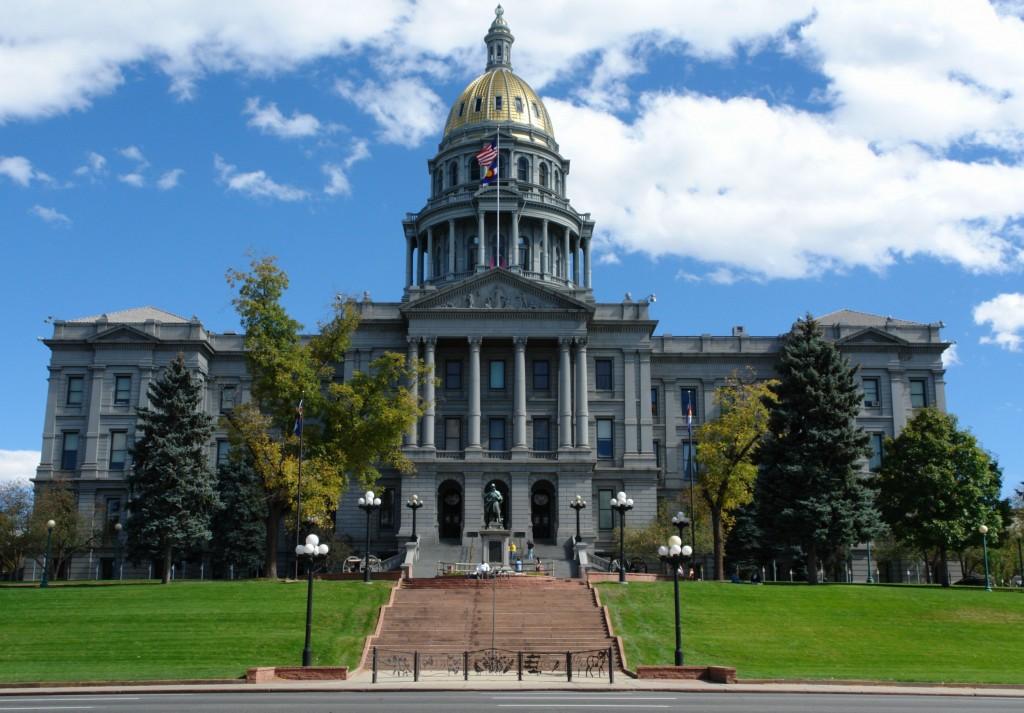KATIE PICKRELL//KELSEY PHARIS
Colorado is the second top-ranked state in the nation for quality of education according to personal finance website WalletHub. But the disparity between low and high-income districts is strikingly apparent when it comes to continuation in post-secondary education.
“We like to think that a diploma from Brighton or Palmer Ridge or Cherry Creek means the same thing, but it’s not” Joseph Garcia, the current Lieutenant Governor and Executive Director of the Colorado Board of Higher Education, said. “Frankly, that’s the sad fact. Some schools are much more limited in resources and their families have more limited resources.”
Rural communities face a lack of staff as teachers are less motivated to work in districts offering lower salaries and less benefits while teacher turnover in the entire state of Colorado is on the rise.
The way that Colorado funds its schools is no different than the situation in the rest of the United States. State and local governments fund the majority of public education, relying heavily on property taxes.
“The wealthy districts say, ‘Hey it’s not our fault that those guys’ property isn’t worth as much. Don’t take from us,’” Garcia said, which causes more argument than room for solutions.
The result is disparity even within states. Race and class is seen to differ dramatically throughout each community in every state and, consequently, the American education system cannot provide equal opportunity across the board.
“It’s the great American dream to go through a public K-12 system and have every door open to you regardless of your position,” Colorado’s new Commissioner of Education Richard Crandall said, “but that’s not how it is.”
The Hispanic community will soon become the most prominent ethnicity in the United States, but in Colorado and across the nation Hispanic individuals go to college less than any other group of people.
In an education-driven work environment, lower-income individuals and minorities are finding it difficult to thrive as a college education is becoming necessary for employment.
Colorado, despite the faults it shares with the rest of the United States, is trying to transform the picture for many minority and immigrant students.
All students, regardless of citizenship status, are able to pay in-state tuition to attend any Colorado college.
“[Legislature] changed that in Colorado about three years ago,” Garcia explained. “Students who are not documented still don’t sign up for college because they think someone will find out they’re undocumented or they will have to pay non-resident tuition, which is three times as much.”
That in mind, many immigrant students who have been in the American education system from childhood still don’t make it to a university.
Getting to college, however, is only the first half of the battle.
“It’s about mid-30 percent of students that get their degree in four years,” Garcia said. “Students are doing this because they’re having to take remedial classes because they’re not prepared.”
In higher-income counties such as Douglas or Cherry Creek, virtually no students are required to take high-school level classes, Garcia claimed.
Statewide, only 25 percent of Colorado’s graduating class of 2014 met the ACT college readiness standards in all four subjects. Furthermore, 34 percent of graduates who continue their path to higher education in Colorado must take at least one remediation course.
“In some cases,” Garcia said, “it takes up to three semesters before a student can start taking a college level class. Not only does that make college more expensive, but it makes [students] less likely to stick around.”
The extended stay in college is wasting both the time and money of students around the nation, but the overwhelming cost of higher education is accounted to far more than just that.
“Why does college cost so much?” Garcia said he’s been asked. “Because you want it to. Colleges are expected to do a lot more.”
The high quality of on-campus dormitories, food plans and recreation facilities are what’s causing high tuition rates at notable universities.
Colorado legislature agreed to lift the cap for raising tuition last year.
“The governing board showed us that they can behave responsibly in that no school actually raised it that much, because they know it’s in their advantage not to,” Garcia said.
Garcia also stated that he supports funneling more money from the Colorado economy into providing equal opportunity in the high school and post-secondary education environment.
“Why not look at college education like we did in the 40s?” Garcia inquired, “as a public benefit, not a personal benefit.”


































